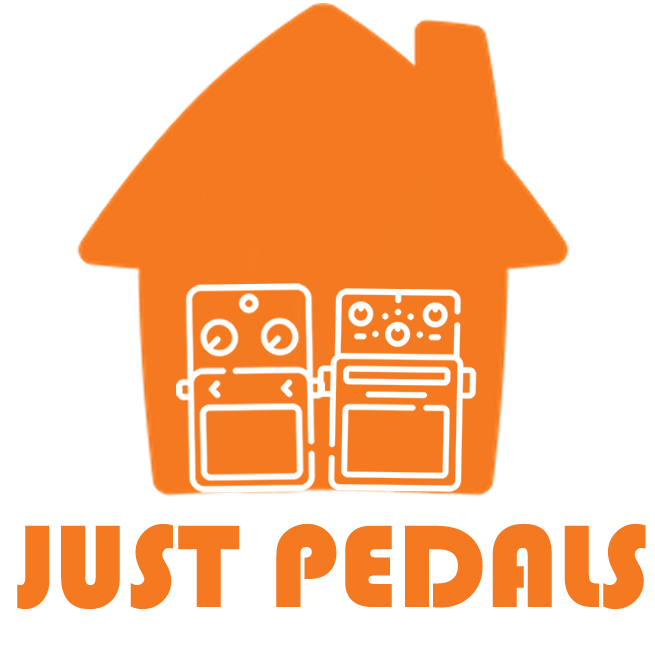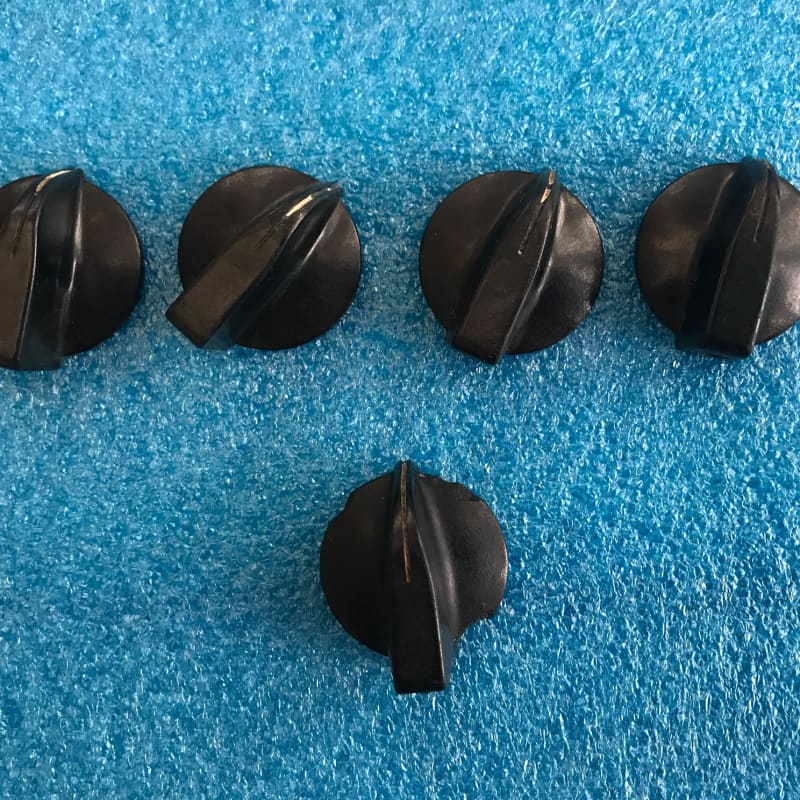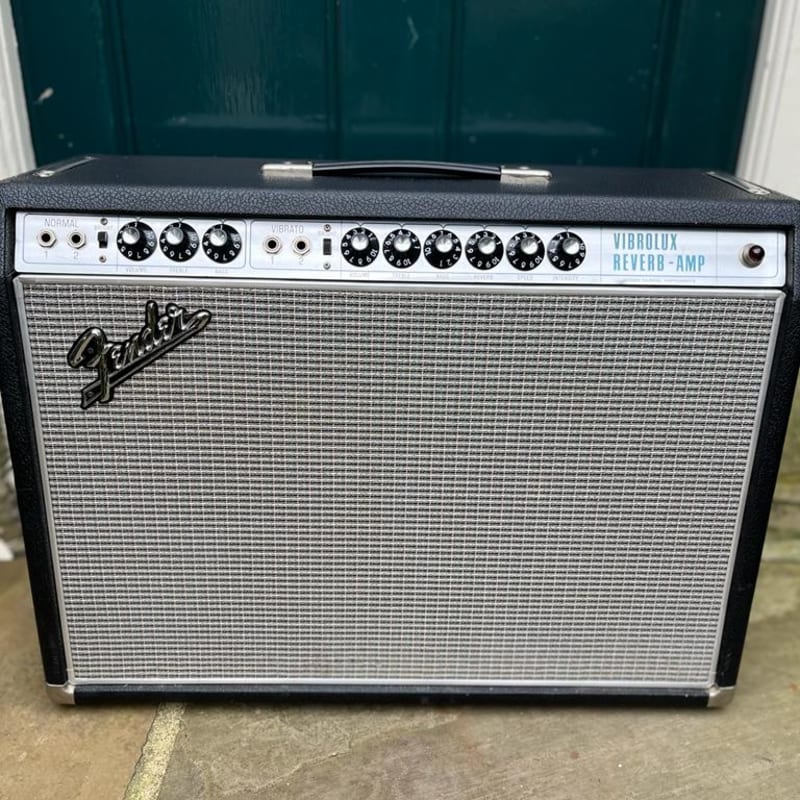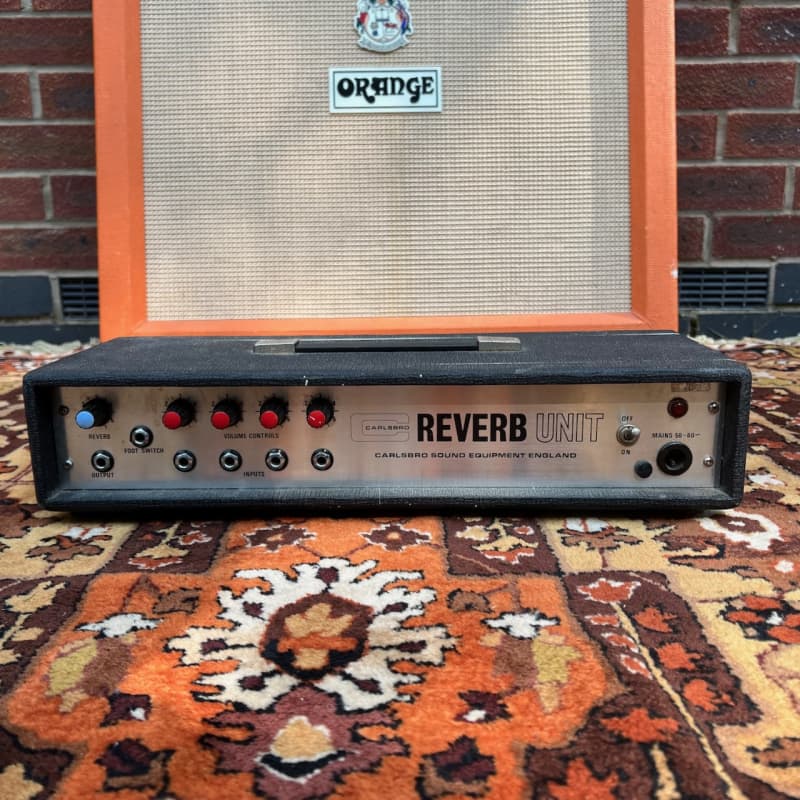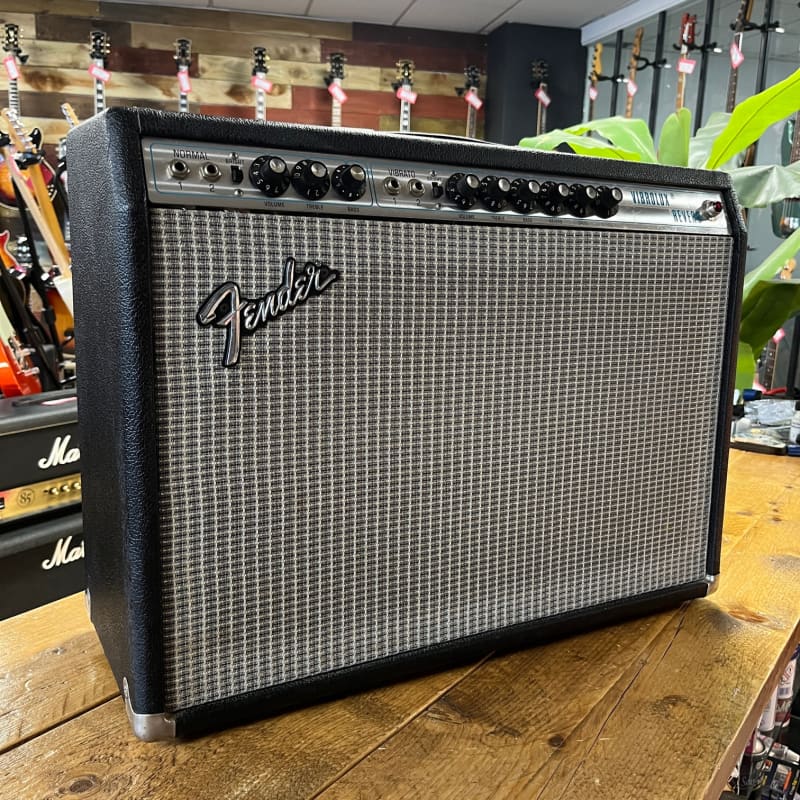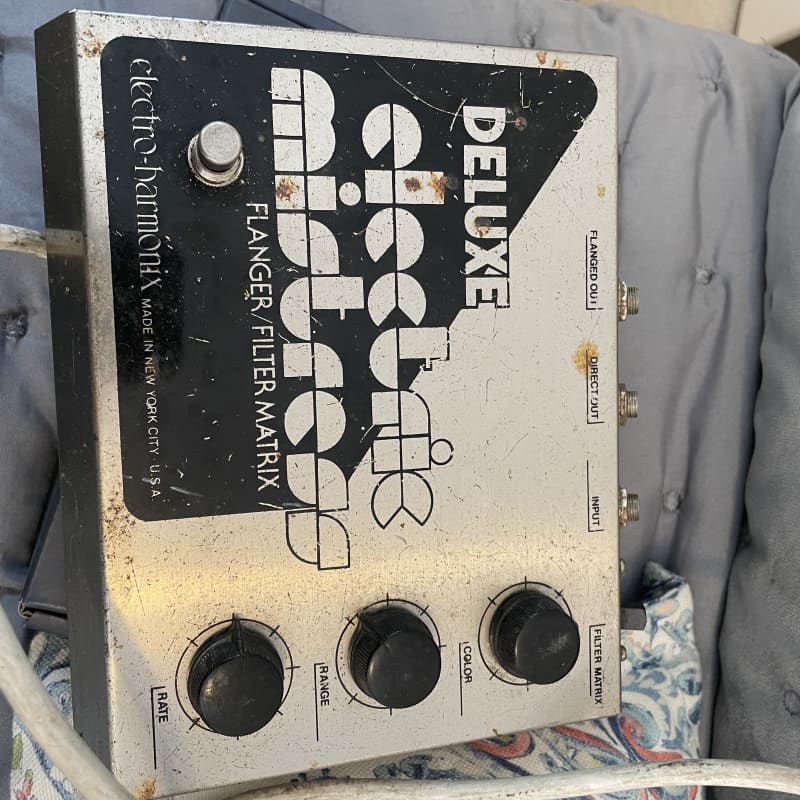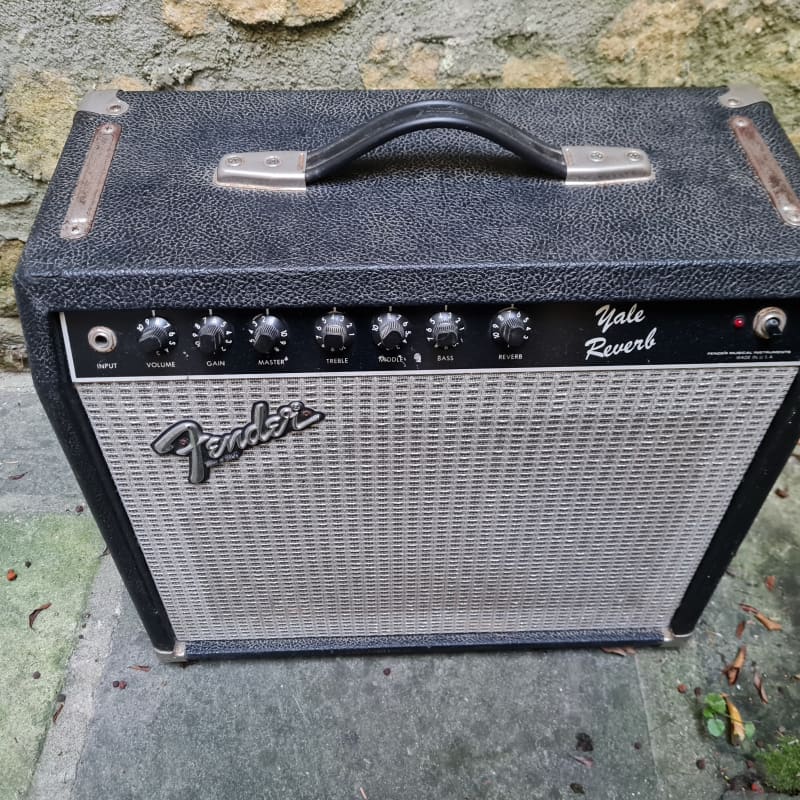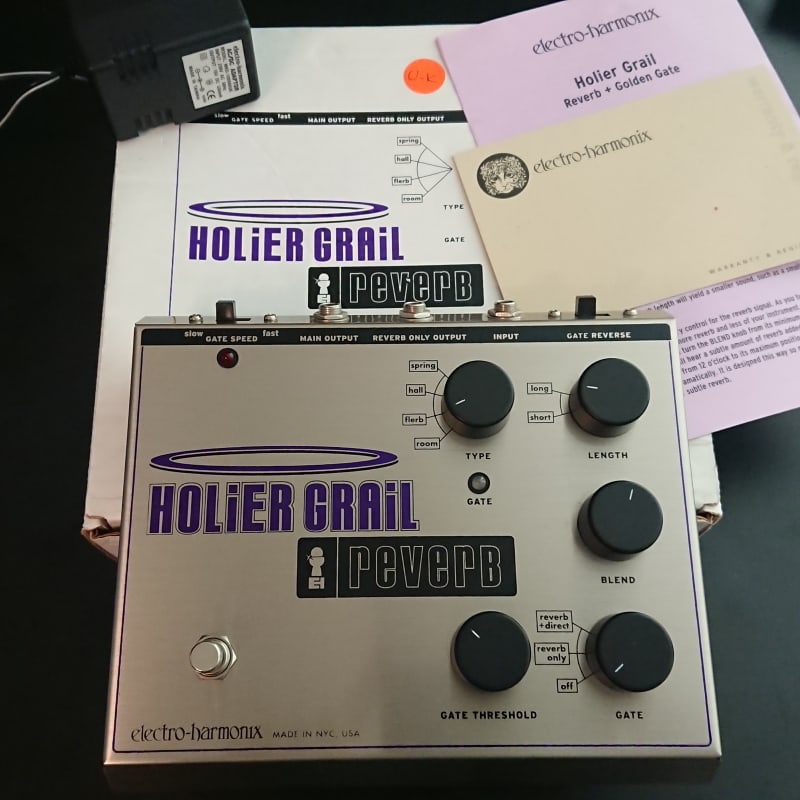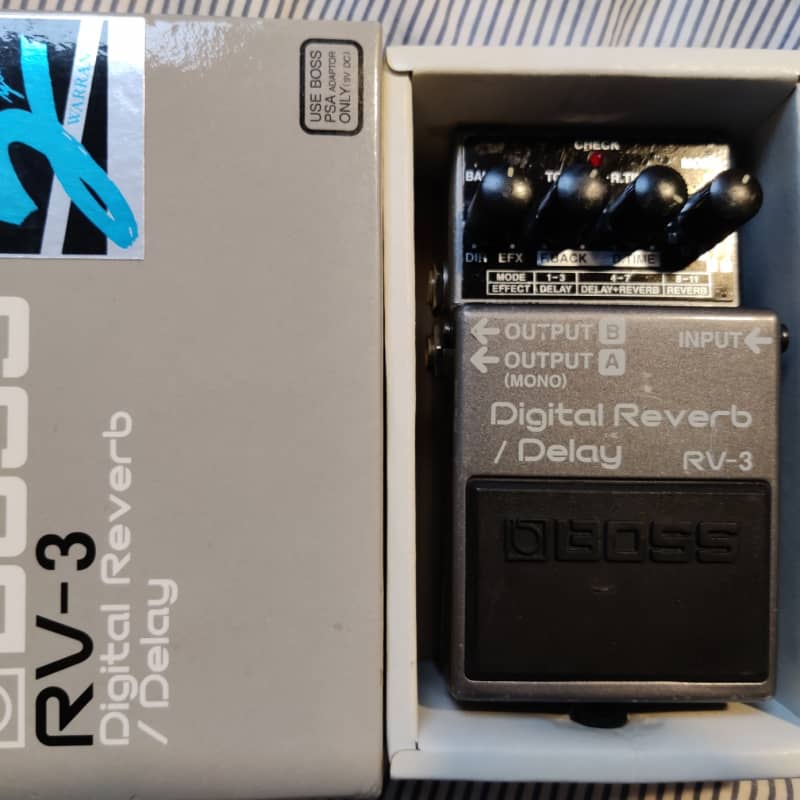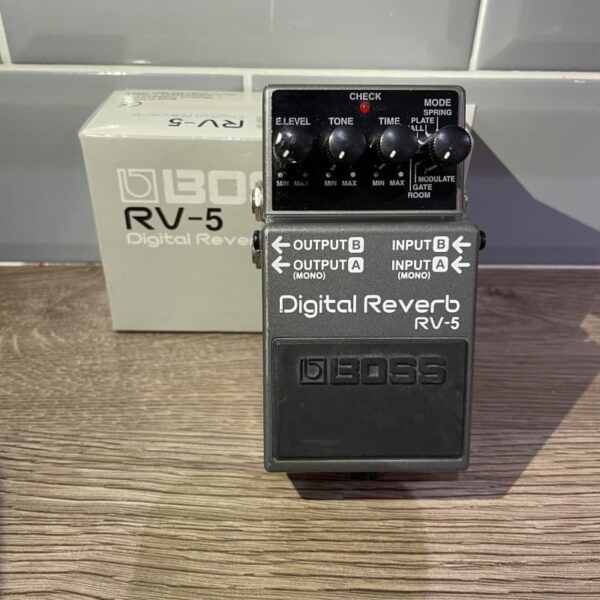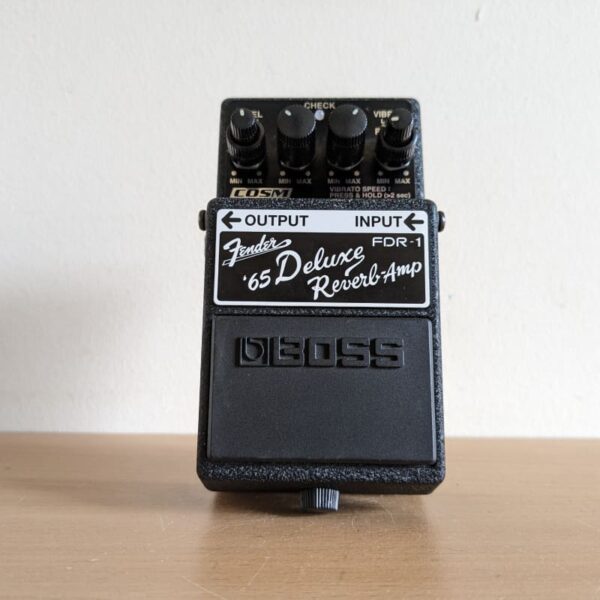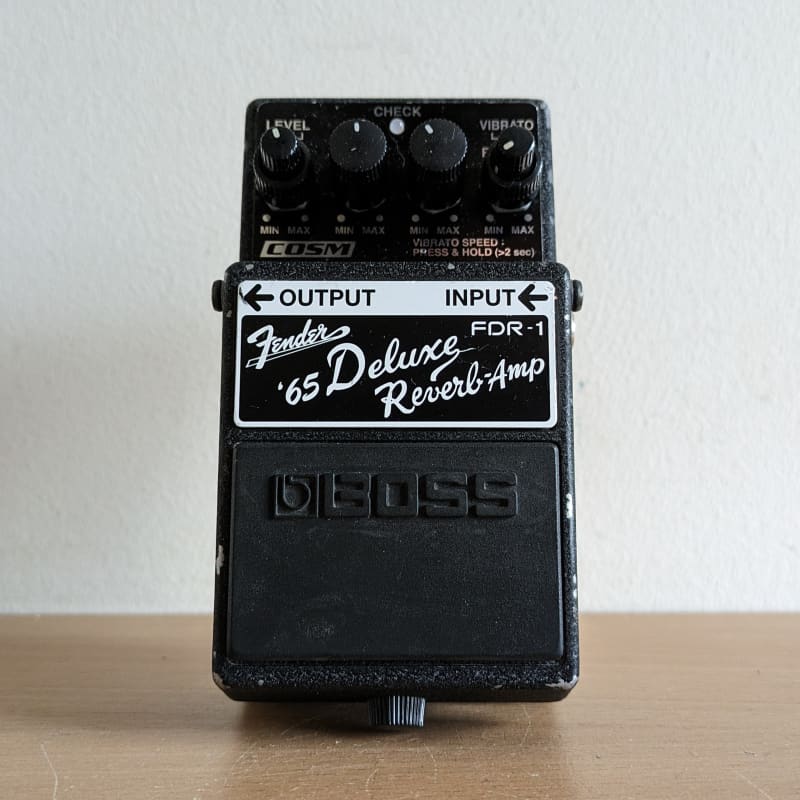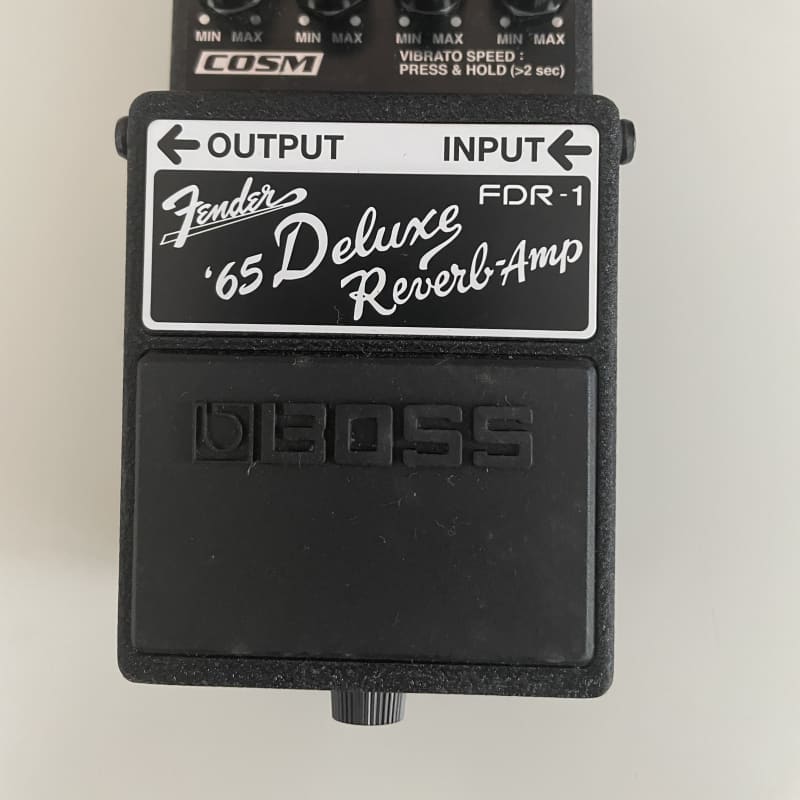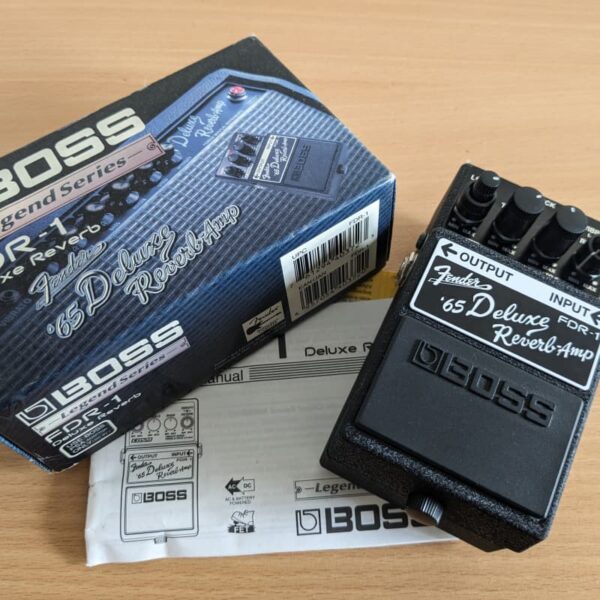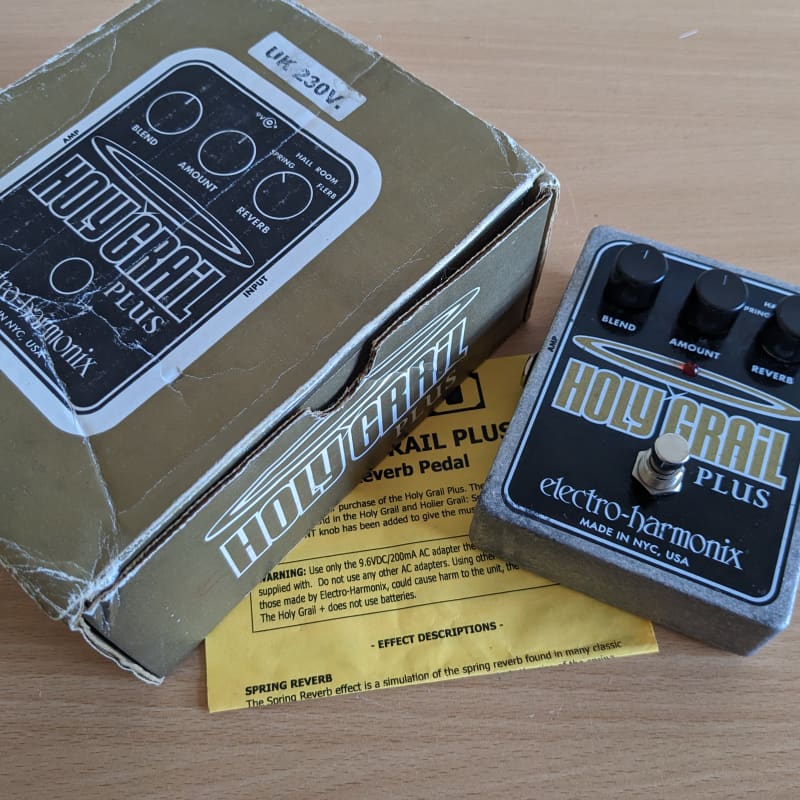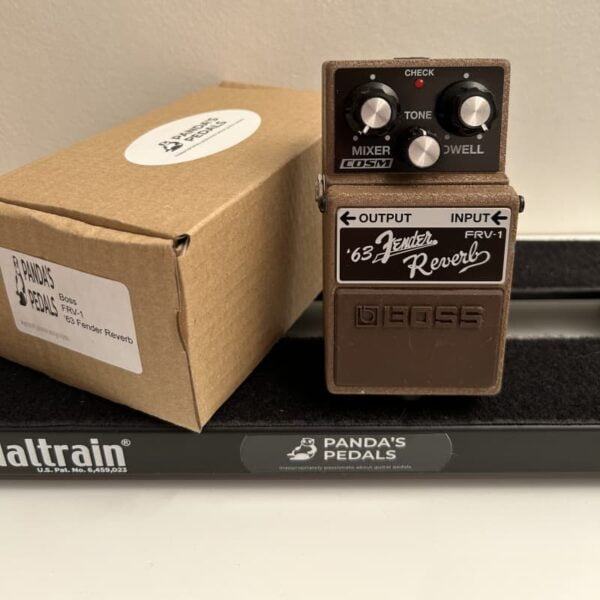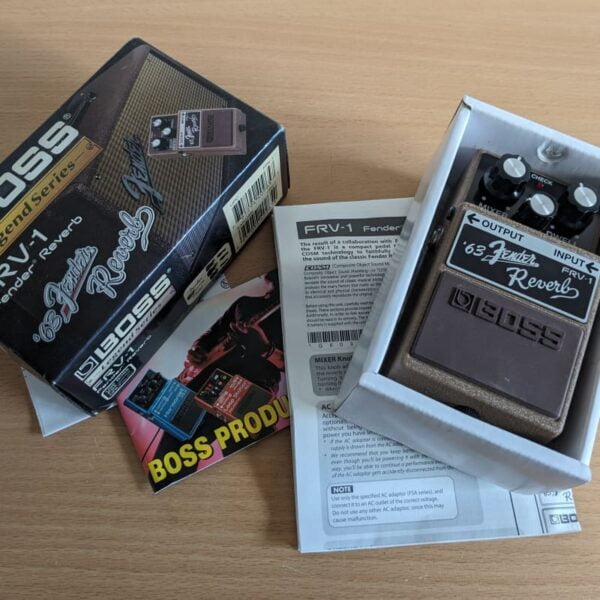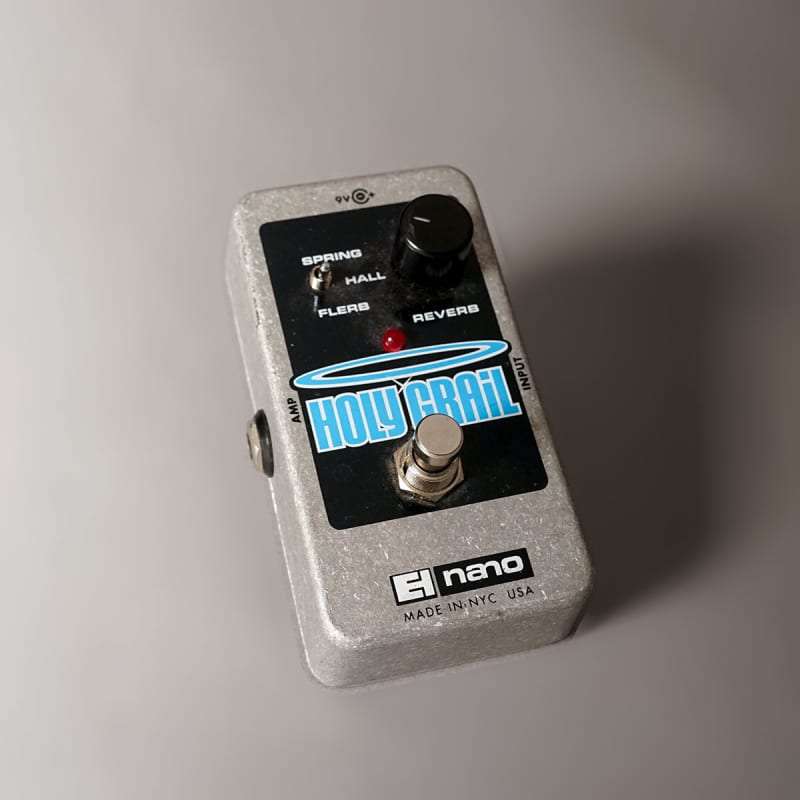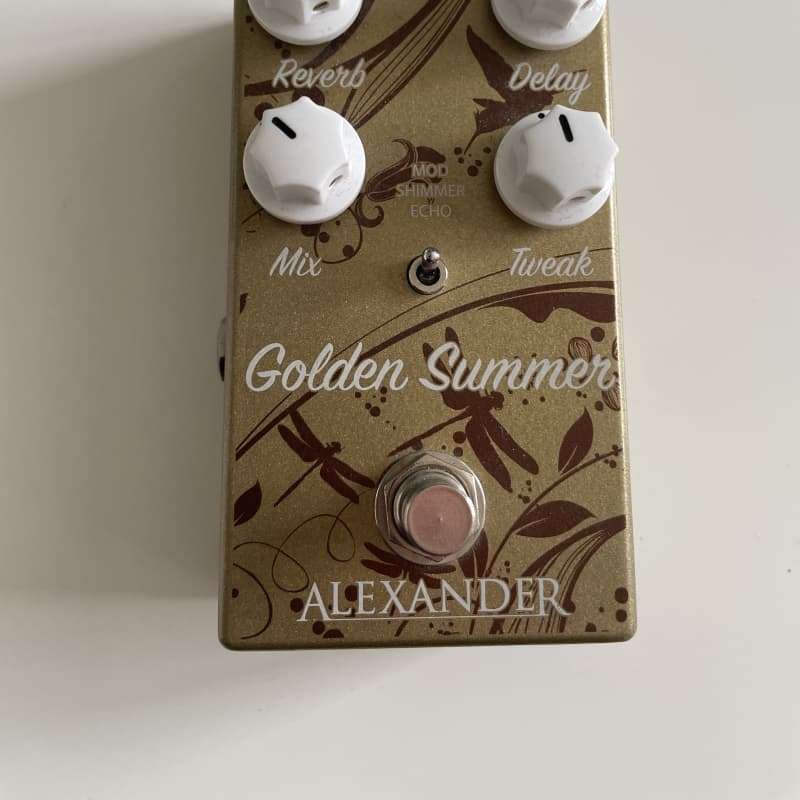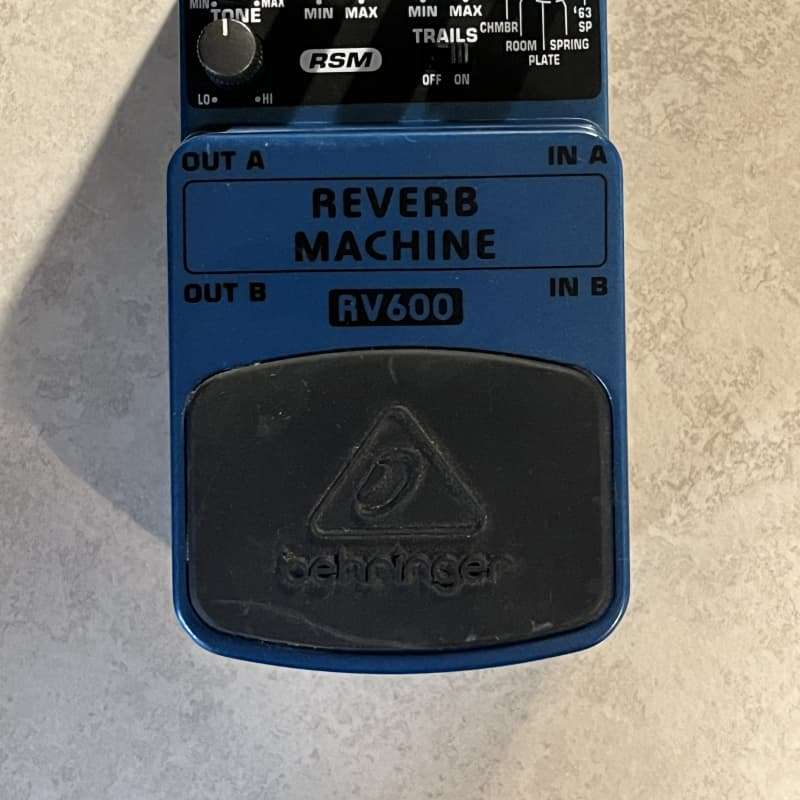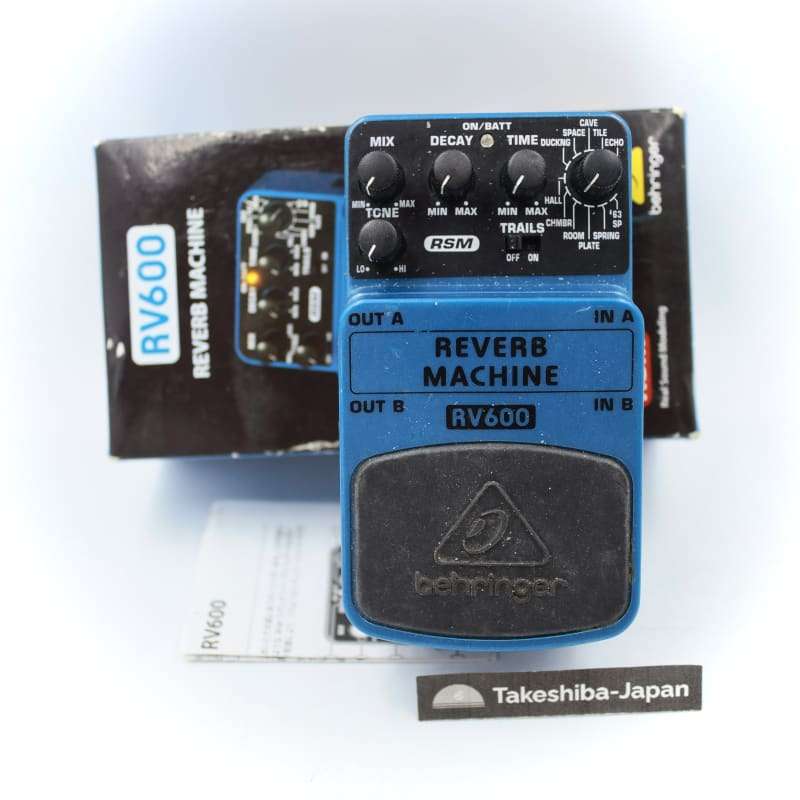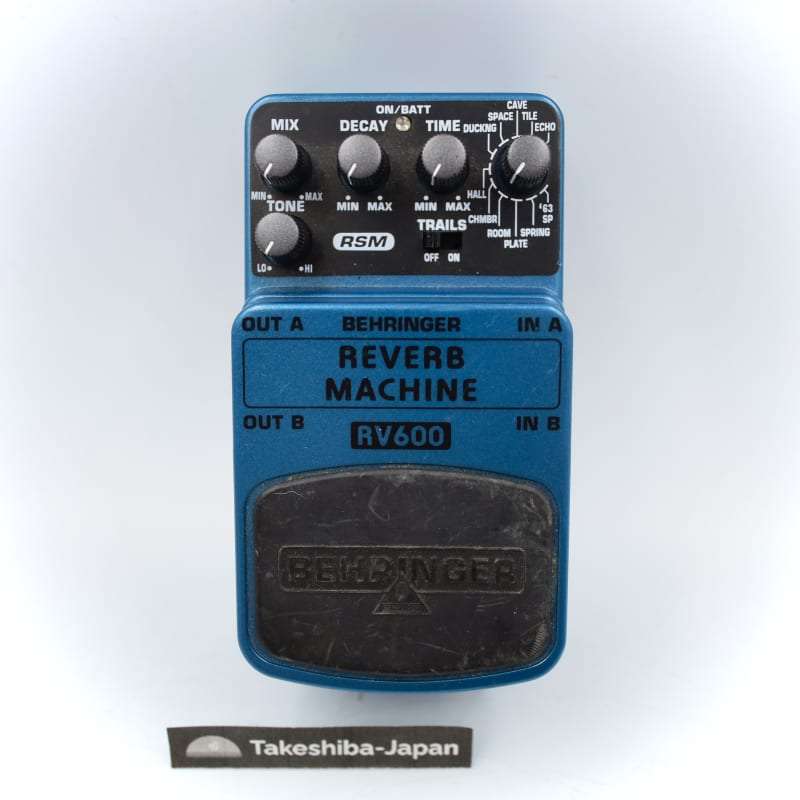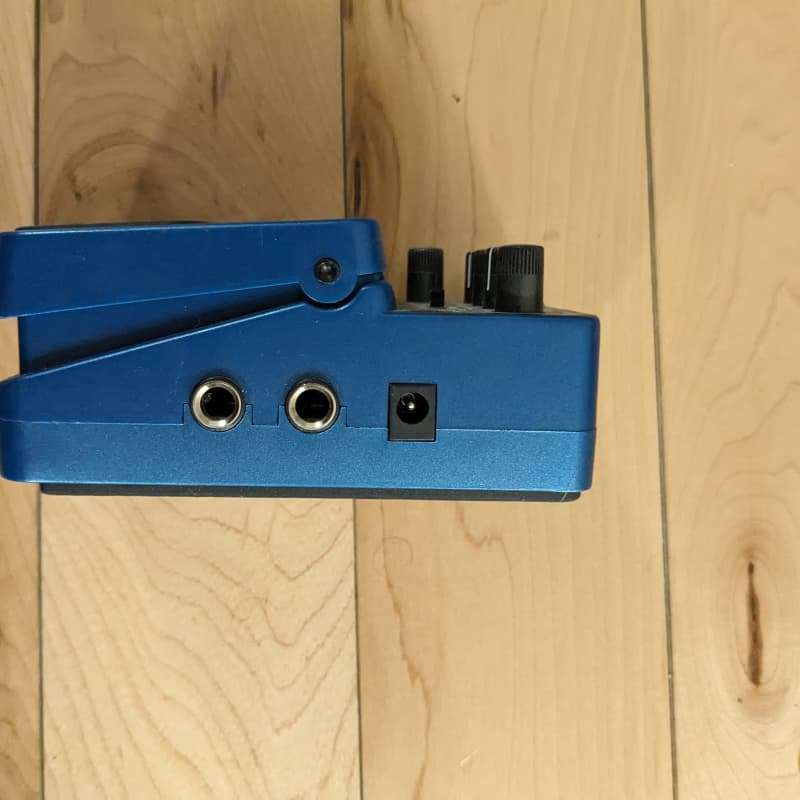did somebody say just Tweak?
Reverb
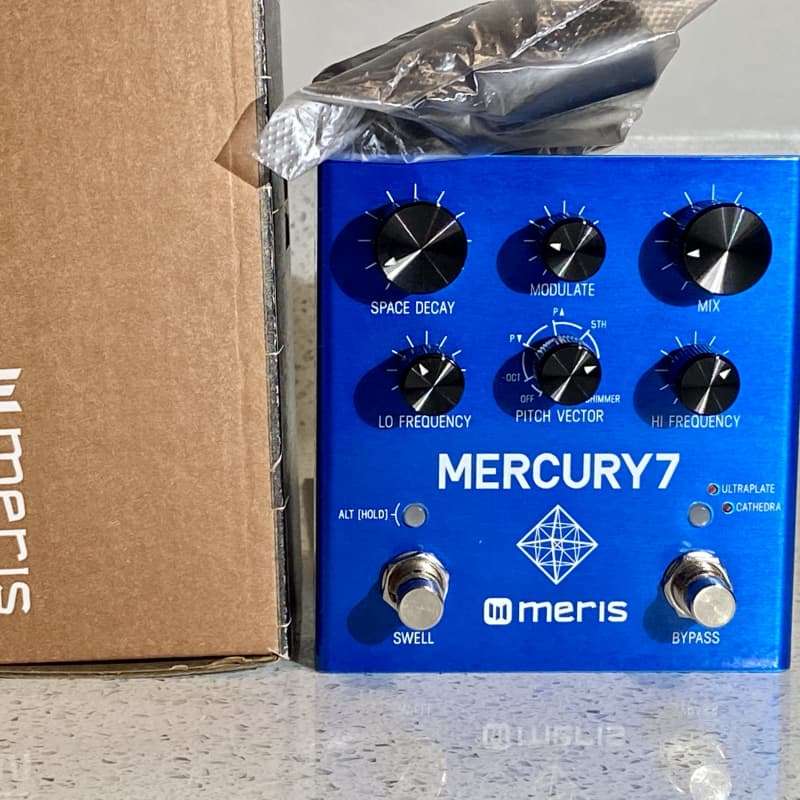
Reverb, short for reverberation, is a fundamental audio effect that simulates the sound reflections and decay that occur in physical spaces, such as rooms, halls, or chambers. It adds depth, dimension, and ambiance to audio signals, creating a sense of space and realism. In the context of guitar effects, a reverb pedal is a device that generates and applies reverb effects to the guitar signal. Here’s how reverb pedals work and some common features:
1. **Reverb Types**: Reverb pedals typically offer different types of reverb effects, including spring reverb, plate reverb, hall reverb, room reverb, and ambient or modulated reverb. Each type emulates the characteristics of different physical spaces and has its own unique sound and character.
2. **Controls**: Reverb pedals feature various controls for adjusting parameters such as decay time, pre-delay, damping, tone, and mix. Decay time controls the length of the reverb tail or decay, while pre-delay adjusts the time between the original signal and the onset of the reverb. Damping controls the high-frequency content of the reverb, simulating absorption in the virtual space. Tone controls the overall tonal character of the reverb, and mix adjusts the balance between the dry (original) and wet (affected) signals.
3. **Modulation**: Some reverb pedals include modulation effects such as chorus or tremolo that modulate the reverb tail, adding movement and depth to the sound. Modulation can create lush, swirling textures and enhance the overall ambiance of the reverb effect.
4. **Trail Function**: Many reverb pedals offer a trail function, which allows the reverb tail to continue decaying naturally when the effect is bypassed. This prevents abrupt cutoffs and ensures smooth transitions between affected and unaffected signal states.
5. **Spring Tank vs. Digital Reverb**: Reverb pedals can use either spring tanks or digital processing to generate reverb effects. Spring reverb pedals emulate the sound of vintage spring reverb units found in amplifiers, while digital reverb pedals use algorithms to simulate a wide range of reverb types and settings.
6. **Size and Form Factor**: Reverb pedals come in various sizes and form factors, from compact mini pedals to larger, feature-rich units. Choose a pedal size and form factor that fits your pedalboard layout and offers the desired features and controls for your needs.
Reverb pedals are widely used in various music genres, including rock, blues, jazz, ambient, and experimental music. They can add depth, warmth, and atmosphere to guitar tones, enhance the spatial imaging of recordings, and create immersive soundscapes for performances. Whether used subtly to add a touch of room ambiance or dialed in for dramatic, expansive effects, reverb pedals are essential tools for shaping guitar tones and creating captivating sounds.
- AKG
- Alexander Pedals
- Ampeg
- Animals Pedal
- Behringer
- Biyang
- Blackstar
- Boss
- Carl Martin
- Carlsbro
- Catalinbread
- Chase Bliss Audio
- Coppersound Pedals
- Daredevil
- Death By Audio
- Digdugdiy
- Digitech
- Dr Green By Hayden
- Dreadbox
- EarthQuaker Devices
- Eastwood
- Electro Harmonix
- Empress
- Evans
- Eventide
- Fender
- Fishman
- Flux Effects
- Gamechanger Audio
- Gurus
- Hawk
- Hermida Audio
- HH
- Hungry Robot
- JHS
- Keeley
- KMA Audio Machines
- Laney
- Lee Jackson
- Marshall
- Meris
- Mooer
- Mr. Black
- Mr. Black Pedals
- MXR
- Neunaber Audio
- Nux
- Peavey
- Pigtronix
- Red Mod Pedals
- Red Panda
- SolidGoldFX
- Source Audio
- Southampton Pedals
- Strymon
- TC Electronic
- TC Helicon
- Universal Audio
- Walrus Audio
- Wampler
- Zoom
- Acoustic Guitar
- Analog
- Analogue
- Bass
- Boost
- Buffer
- Chorus
- Compression
- Compressor
- Controller
- Delay
- Distortion
- Echo
- Ed Sheeran
- Envelope
- EQ
- Expression
- Flanger
- Fuzz
- Guitar Effect Pedal
- Looper
- Modulation
- Multi Effects
- Multi-Effects
- New
- Noise Gate
- Octave
- Overdrive
- PedalBoard
- Phaser
- Pitch
- Power
- Power Supply
- Preamp
- Processor
- Reverb
- Slicer
- Stereo
- Sustain
- Switch
- Synth
- Synthesizer
- Tremolo
- Tuner
- Tuner Pedal
- Used
- Vibrato
- Volume
- Wah
Showing 1–30 of 257 results
-
~2020 Meris Mercury7 Reverb Pedal none – used Meris Reverb Guitar Effect Pedal
Read More£201.00 -
1960s Fender Reverb/Vibrato footswitch – used Fender Vibrato Reverb Guitar Effect Pedal
Read More£186.72 -
1962 Ampeg Romar Bakalite knobs Black – used Ampeg Reverb Guitar Effect Pedal
Read More£125.18 -
1968 Fender Vibrolux Reverb Drip Edge Silverface – used Fender Reverb Guitar Effect Pedal
Read More£4,275.75 -
1970s Carlsbro Reverb Unit – used Carlsbro Reverb Guitar Effect Pedal
Read More£412.71 -
1976 Fender Vibrolux Reverb 2-Channel 35-Watt 2×10″ Guitar Com… – used Fender Reverb Guitar Effect Pedal
Read More£3,128.31 -
1978 – 1981 Electro-Harmonix Deluxe Electric Mistress V1 Silve… – used Electro-Harmonix Reverb Guitar Effect Pedal
Read More£312.41 -
1983 – 1985 Fender Yale Reverb 50-Watt 1×12″ Solid State Guita… – used Fender Reverb Guitar Effect Pedal
Read More£469.40 -
1990s Electro-Harmonix Holier Grail Metal – used Electro-Harmonix Reverb Guitar Effect Pedal
Read More£234.04 -
1994 – 2002 Boss RV-3 Digital Reverb/Delay (Pink or Dark Gray … – used Boss Reverb Delay Guitar Effect Pedal
Read More£140.56 -
2000s Boss VF-1 24-Bit Multi-Effects Processor Red – used Boss Reverb Processor Delay Chorus Guitar Effect Pedal
Read More£140.56 -
2002 – Present Boss RV-5 Digital Reverb (Dark Gray Label) Grey – used Boss Reverb Guitar Effect Pedal
Read More£109.32 -
2007 – Present Boss FDR-1 Fender ’65 Deluxe Reverb-Amp Black – used Boss Reverb Guitar Effect Pedal
Read More£186.36 -
2007 – Present Boss FDR-1 Fender ’65 Deluxe Reverb-Amp Black – used Boss Reverb Guitar Effect Pedal
Read More£155.13 -
2007 – Present Boss FDR-1 Fender ’65 Deluxe Reverb-Amp Black – used Boss Reverb Guitar Effect Pedal
Read More£130.14 -
2007 – Present Boss FDR-1 Fender ’65 Deluxe Reverb-Amp Black – used Boss Reverb Guitar Effect Pedal
Read More£145.23 -
2007 – Present Boss FDR-1 Fender ’65 Deluxe Reverb-Amp Black – used Boss Reverb Guitar Effect Pedal
Read More£239.27 -
2008 – 2022 Electro-Harmonix Holy Grail Plus Reverb Black / Go… – used Electro-Harmonix Reverb Guitar Effect Pedal
Read More£103.44 -
2009 – Present Boss FRV-1 ’63 Fender Reverb Brown – used Boss Reverb Guitar Effect Pedal
Read More£172.12 -
2009 – Present Boss FRV-1 ’63 Fender Reverb Brown – used Boss Reverb Guitar Effect Pedal
Read More£312.41 -
2009 – Present Electro-Harmonix Holy Grail Nano Reverb Black – used Electro-Harmonix Reverb Guitar Effect Pedal
Read More£88.81 -
2010s Alexander Pedals Golden Summer Reverb/Delay Gold – used Alexander Pedals Delay Reverb Guitar Effect Pedal
Read More£145.00 -
2010s Animals Pedal Bath Time Reverb V1 Grey – used Animals Pedal Reverb Guitar Effect Pedal
Read More£79.85 -
2010s Behringer DR600 Digital Reverb Pedal Standard – used Behringer Reverb Guitar Effect Pedal
Read More£75.00 -
2010s Behringer RV600 Reverb Machine Pedal Standard – used Behringer Reverb Guitar Effect Pedal
Read More£85.00 -
2010s Behringer RV600 Reverb Machine Pedal Standard – used Behringer Reverb Guitar Effect Pedal
Read More£54.14 -
2010s Behringer RV600 Reverb Machine Pedal Standard – used Behringer Reverb Guitar Effect Pedal
Read More£72.20 -
2010s Behringer RV600 Reverb Machine Pedal Standard – used Behringer Reverb Guitar Effect Pedal
Read More£63.99 -
2010s Behringer RV600 Reverb Machine Pedal Standard – used Behringer Reverb Guitar Effect Pedal
Read More£75.41 -
2010s Behringer RV600 Reverb Machine Pedal Standard – used Behringer Reverb Bass Guitar Effect Pedal
Read More£63.16
